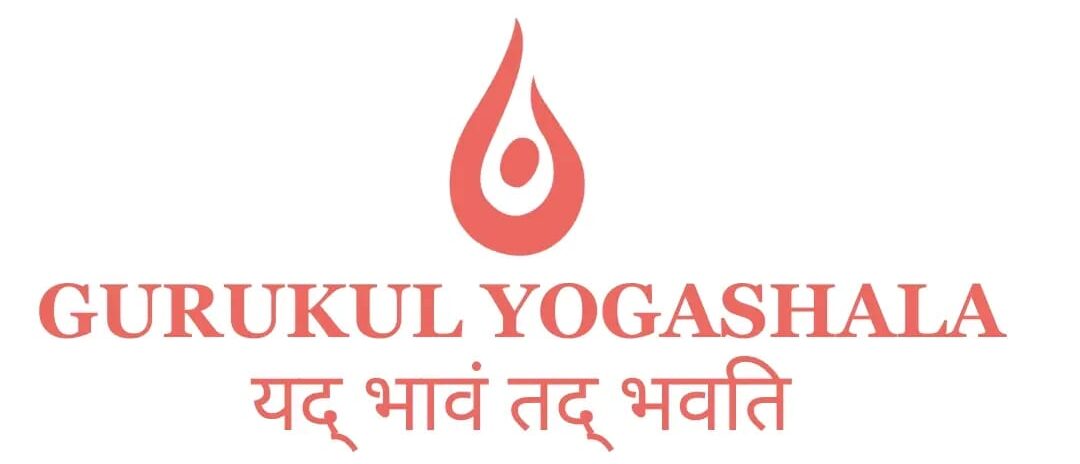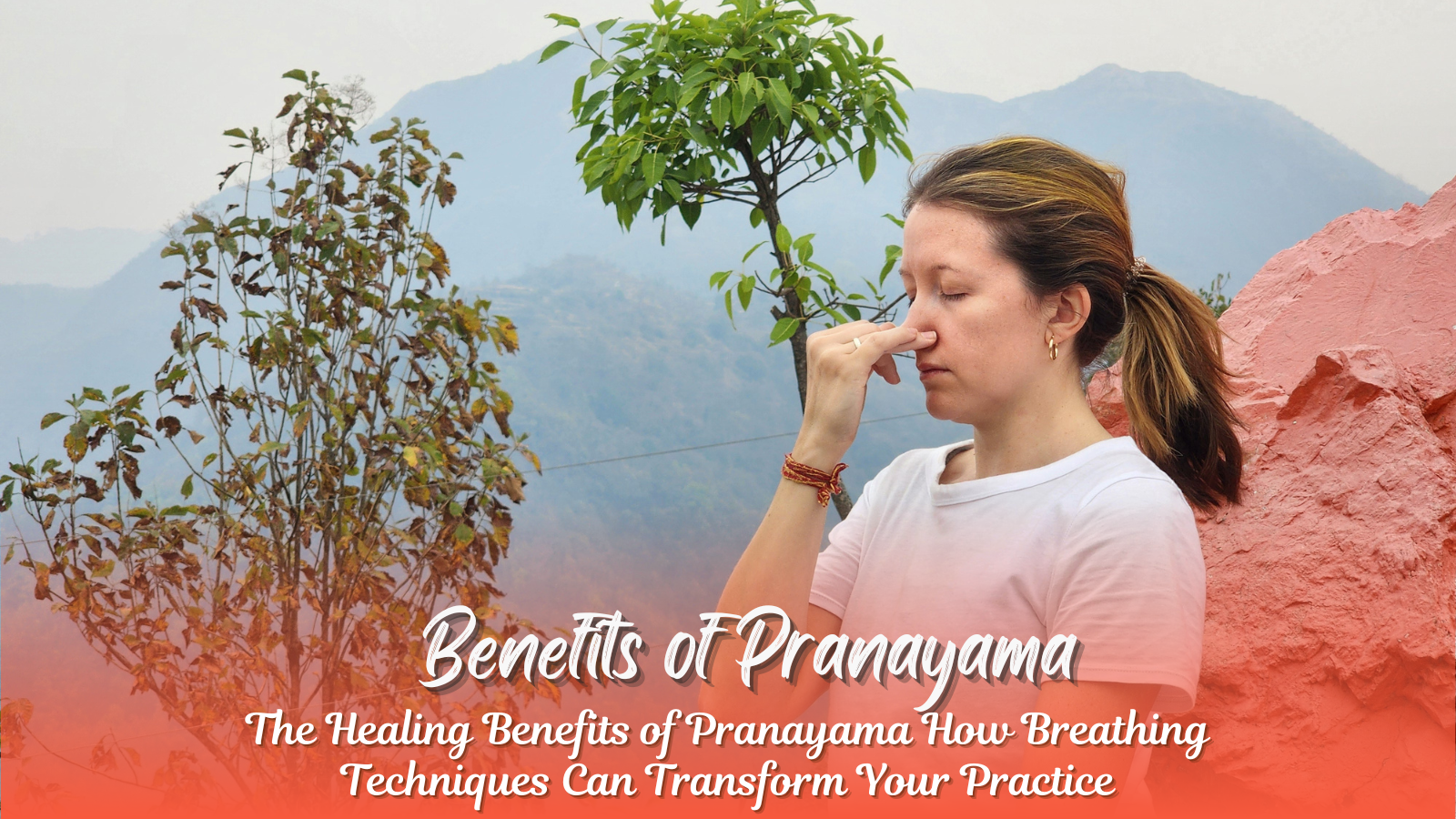Benefits of Pranayama Breathing Practices are experienced yogis often emphasize Pranayama as a cornerstone of yoga practice. Even without practicing physical postures (asanas), dedicated breathwork can offer substantial health benefits. Joining a reputable yoga teacher training in Rishikesh can significantly enhance your understanding and practice of Pranayama.
Pranayama, an ancient breath control technique, involves various breathing styles and phases, including inhalation (Puraka), exhalation (Rechaka), retention after inhalation (Antara Kumbhaka), and retention after exhalation (Bahya Kumbhaka). These practices have gained significant traction recently, particularly due to their demonstrated benefits during times of stress and respiratory challenges. Let’s delve deeper into the world of Pranayama.
Benefits of Pranayama: The Fourth Limb of Yoga
As outlined in Patanjali’s Yoga Sutras, Pranayama is the fourth limb of yoga. It posits that controlling the breath allows us to control the mind. The term “Pranayama” is derived from “Prana” (life force or breath) and “Ayama” (extension or control), thus translating to the “extension or control of breath.” This practice regulates the flow of energy (Prana) through the body’s energy channels (Nadis). As Prana flows through the chakras (energy centers), it revitalizes the entire being. You can explore the intricacies of Pranayama during a 200 hour yoga teacher training course in Rishikesh at Gurukul Yogashala.
Pranayama techniques are often categorized by their effects: heating, cooling, and balancing. Each category encompasses various specific practices. Regardless of the specific Pranayama technique, the core phases of Puraka, Kumbhaka, and Rechaka are typically involved.
Benefits of Pranayama Breathing Practices
Benefits of Pranayama plays a vital role in a holistic yoga practice. Integrating breathwork offers numerous benefits:
- Improved Lung Capacity: Conscious breathing maximizes air intake and expulsion, enhancing lung function and oxygen intake.
- Mental Clarity and Stress Reduction: Focusing on the breath calms the mind, reducing anxiety and stress.
- Balanced Nervous System: Certain Pranayama techniques can balance the autonomic nervous system, regulating physiological processes like digestion, respiration, and elimination.
- Enhanced Wellbeing: Combining breathwork with asanas enhances both physical and mental wellbeing.
- Improved Digestion: Abdominal breathing, in particular, can aid digestion.
Learning these techniques under the guidance of experienced instructors at a reputable yoga school in Rishikesh, such as Gurukul Yogashala, allows you to experience these Benefits of Pranayama fully and learn to share them with others.
Key Pranayama Techniques
Here are some fundamental Pranayama techniques taught as part of yoga teacher training certifications:
- Bhastrika Pranayama (Bellows Breath): A heating practice that involves rapid, forceful inhalations and exhalations, stimulating energy and balancing Kapha and Vata doshas. To practice:
- Sit comfortably.
- Make fists and place them near your shoulders.
- Inhale deeply, raising your arms overhead and opening your fists.
- Exhale forcefully, bringing your arms down and closing your fists.
- Repeat 20 times, then relax with normal breathing.
- Kapalbhati Pranayama (Skull Shining Breath): This cleansing breath activates the parasympathetic nervous system with rapid, forceful exhalations and passive inhalations. The focus is on the active exhalation using the abdominal muscles. To practice:
- Sit comfortably.
- Inhale deeply.
- Forcefully exhale by contracting your abdominal muscles, pulling your navel towards your spine.
- Inhalation happens passively as you release the abdominal contraction.
- Repeat for several rounds.
- Bhramari Pranayama (Bee Breath): This calming breath involves inhaling through the nose and exhaling with a gentle humming sound, creating vibrations that soothe the mind. It can be practiced with or without Shanmukhi Mudra (closing the ears, eyes, and mouth). To practice:
- Sit comfortably.
- Close your ears with your thumbs, gently close your eyes, and lightly touch your lips.
- Inhale deeply through your nose.
- Exhale slowly, making a humming sound like a bee.
- Nadi Shodhana Pranayama (Alternate Nostril Breathing): This balancing breath involves alternating inhalation and exhalation between the left and right nostrils, often with breath retention. There are several variations, including Anulom Vilom. Nadi Shodhana Pranayama benefits include:
- Improved oxygen supply.
- Stress reduction.
- Detoxification.
- Enhanced mental clarity.
To practice Nadi Shodhana Pranayama steps:
- Sit comfortably.
- Use your right hand to form Vishnu Mudra (fold your index and middle fingers towards your palm).
- Close your right nostril with your thumb and inhale through your left nostril.
- Close your left nostril with your ring finger and release your thumb from your right nostril, exhaling through the right.
- Inhale through your right nostril.
- Close your right nostril with your thumb and release your ring finger from your left nostril, exhaling through the left.
- This completes one round. Continue for several rounds.
Understanding the meaning of Nadi Shodhana Pranayama—”Nadi” meaning channel and “Shodhana” meaning purification—highlights its purpose of cleansing the energy channels.
Integrating Pranayama into Your Practice
Pranayama can be incorporated into your yoga routine after asana practice or practiced independently. It purifies the body’s energy channels (Nadis). In Hatha Yoga, asanas prepare the body to receive and circulate Prana, while Pranayama directs this energy through the Nadis. Mudras can then be used to further refine the energetic effects. These intricacies are explored in detail during a 300 Hour Yoga Teacher Training in Rishikesh and 500 Hour Yoga Teacher Training in Rishikesh.
Final Thoughts
Pranayama can significantly deepen your yoga practice, adding a powerful dimension of mental and spiritual healing. Joining a reputable yoga school in Rishikesh, such as Gurukul Yogashala, will provide the expertise and guidance necessary to practice Pranayama effectively and learn how to share its benefits with others. A 200 hour yoga teacher training course in Rishikesh can be a transformative experience for your personal health and wellbeing.


